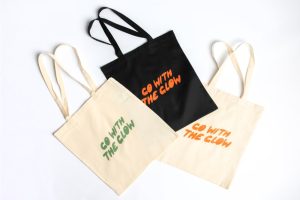Imagine how hard it would be to button a blouse if your fingers wouldn’t work together. Isn’t that annoying? Adaptive clothing combines elegance and function to make life a little simpler. These outfits are more than simply clothes; they are very important for people with disabilities to be able to live on their own. They are carefully made to work for people of all ages, from kids with special needs to seniors.
Now let’s take a tour through history. Fashion has been considered as a way to show who you are for a long time. Traditional clothing, on the other hand, often doesn’t fit people who don’t fit in with the norm. Do you have tight fits, buttons, and zippers? For a lot of people, they can be adversaries. Here comes clothing that has been changed to fit better, with seams that are smartly made, elastic materials, and magnetic closures. These small changes are gentle reminders that everyone has the right to wear nice clothes.
Have you ever seen a child put on their favorite pajamas and smile from ear to ear? The point of adaptive fashion is to have everyone feel the same way. Imagine shoes with Velcro and elastic waistbands—not because they’re “different,” but simply because they’re functional. They provide you freedom, so getting dressed isn’t a hassle but a fun thing to do.
Let’s also speak about how things look. Oh, those times when being realistic meant being boring and dreary. These days, clothes that can be changed are just as fashionable as clothes that are popular. A person who has trouble moving around shouldn’t wear a blazer or pants that look good on them. These outfits say, “I want to look good and feel good.”
The voices of the people in the community are getting louder. Advocates, parents, and caregivers work together to ask for greater options. Big companies are starting to pay attention to what they want. Inclusive fashion is becoming a dynamic trend rather than a niche. And with good reason—who says there should be constraints on fashion?
Jack is a vibrant man who is stuck in a body that won’t move. What about his clothes? A lot of unique clothes that made getting dressed easier. Jack felt more like himself and less dependent on others when he wore t-shirts that fit well and sneakers that were easy to take off. His clothes made an unspoken promise: fashion for everyone, no exceptions.
What if every piece of clothing could change in some way? This might surprise you. Think about how easy it is to use! It might be a world where comfort and style go hand in hand. It’s time for fashion to include everyone.
When you wear your favorite clothes again, think of Jack and the many individuals who will win because of this tiny act. Remember that fashion isn’t just about clothes; it’s also about being open, free, and creative. Let’s support a clothing revolution that honors all bodies and people.
And for you, that means fashion that can change, with each innovative stitch moving you forward. Let’s keep helping people who have the guts to rethink the basics of fashion.












